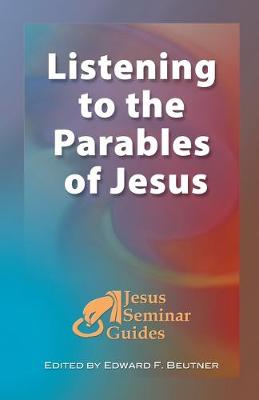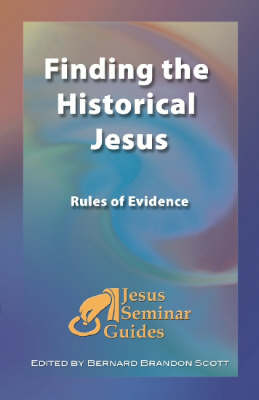Jesus Seminar Guides
2 total works
Listening to the Parables of Jesus
by Robert W. Funk, Edward F. Beutner, Lane C McGaughy, Robert J Miller, Bernard Brandon Scott, and Paul Verhoeven
"What if the purpose or function of a parable is not to instruct but to haunt?" So begins Listening to the Parables of Jesus, edited by Edward F. Beutner, who suggests that, from time to time, even scholars scratch their heads in puzzlement over the yin and yang of Jesus' parables. This concise, well-edited book brings together insights from world-renowned scholars into the interpretation of parables. Lane McGaughy's opening essay provides high fidelity earphones that let readers hear the vivid and distinctive nature of the language of parable. Robert Miller offers an original treatment of two parables from the gospels of Matthew and Thomas, parables that he renames, "The Overpriced Pearl" and "The Treasure of Immorality." With his eye for narrative structure, film Director Paul Verhoeven identifies fault lines in Matthew's version of the Vineyard Laborers and proposes an alternative version in which the first will be first. In his essay on the Leased Vineyard, Brandon Scott demonstrates how rabbinic parables can illuminate the otherwise shadowy nooks and crannies of a dark parable of violence found in Mark's gospel. The final three essays describe the parables globally as artful language events as fulcrums, so to speak, upon which our understanding of the world gets overturned and undermined. According to Robert Funk, Jesus parables are a knothole in the cosmic fence through which we glimpse the world as Jesus saw it. In Listening to the Parables of Jesus, leading scholars of the parables help readers find the knothole. The rest is up to them.

